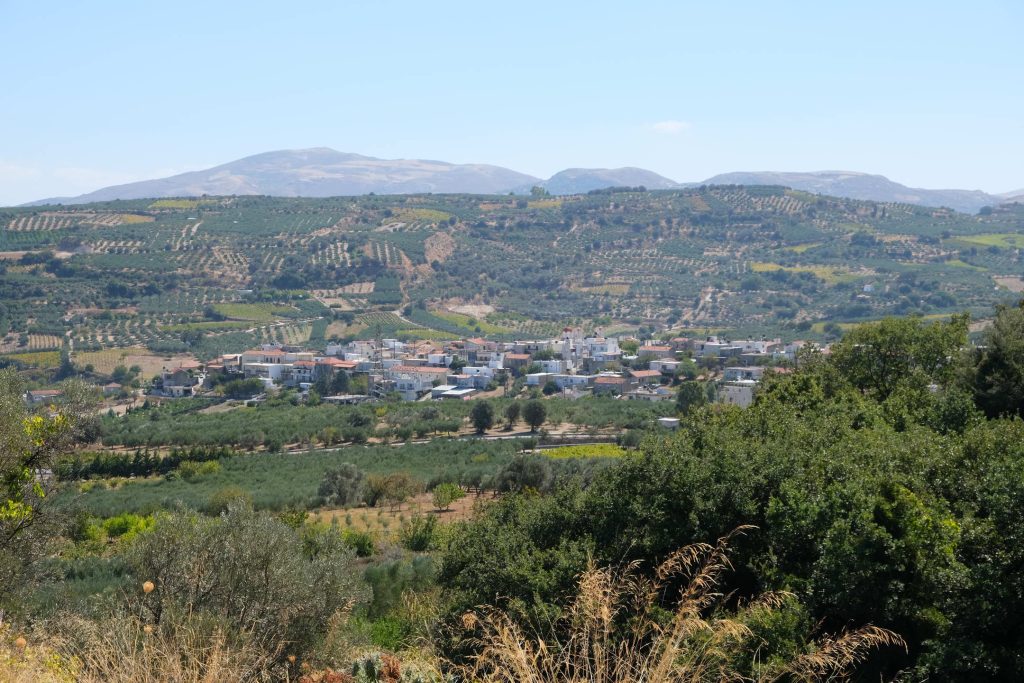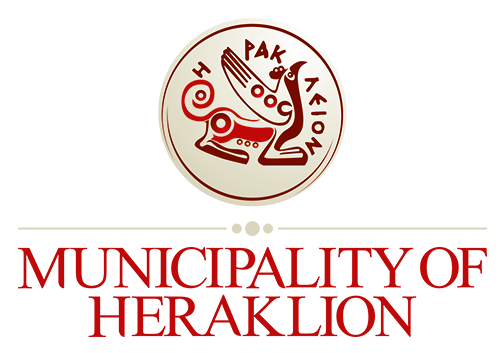Browse the stone paved alleys of the village, smell the blooming flowers in the courtyards of the houses, see the well from which the inhabitants used to draw water, and go up to the church of Zoodochos Pigi with the wonderful view or the restored building of the old primary school, where the monument of Captain Vlachakis Charalambos is located. Relax at the cafe in the main square of the village with traditional delicacies, such as omelet with potatoes, cheese pies with honey, dako, gemista, dolmadakia or mousaka. Continue your tour in the area, following the route to the church of Panagia Faneromeni in Kerasano gorge. Do not forget to go to the event “Fegarovradia” (Moon night) on the full moon of August or the local festival for the feast of St. Silas on the last Saturday of July and enjoy a traditional Cretan feast.
Scenic Routes
- Kerasano gorge. Is 2 km long, belongs to the E4 European long distance path and stands out for its dense vegetation and the waterfalls that form.
Monasteries-Temples
- Panagia Faneromeni located near Kerasano gorge. The church is built on the ruins of an older one (1914) and has two aisles, dedicated to the Virgin Mary and St. Antonios. The inhabitants of Kerasia found refuge in this church during German bombings.
- Church of St. Silas,sits imposingly on a hill south of the settlement. The church was built in 1970.
- Church of St. George is main church of the village near the square, which is dedicated to St. Georgios. The date of its construction is not known, however the first mention is made in an Ottoman document of 1745.
- Temple of Zoodochos Pigi is at the top of the village with a wonderful view. The church built on the site of the older homonymous. It was founded in 1913, but the works were stopped due to the Second World War . It was completed in 1949 and the first service took place without an iconostasis.
Gastronomy
The inhabitants of the village are engaged in agriculture, mainly viticulture, olive growing and the cultivation of fruits and vegetables. Visit one of the rakokazana in the area to taste tsikoudia and see up close how it is made. Browse the vineyards of the winery located near the village and witness the process of wine production.
Cottage Industry-Traditional Occupations
The Cultural Association of Kerasia organizes various activities for the revival of old customs. Among them, the preparation of oil soap stands out. In the past, soap was made with soapstone and oil or animal fat. The process began with the boiling of the oil and the soapstone. Two sticks in the shape of a cross were placed on the still warm, soft soap, for good luck; as soon as it cooled, they cut it into pieces and put it on boards to dry. They then placed it in the shade, so that it would not melt from the heat.









